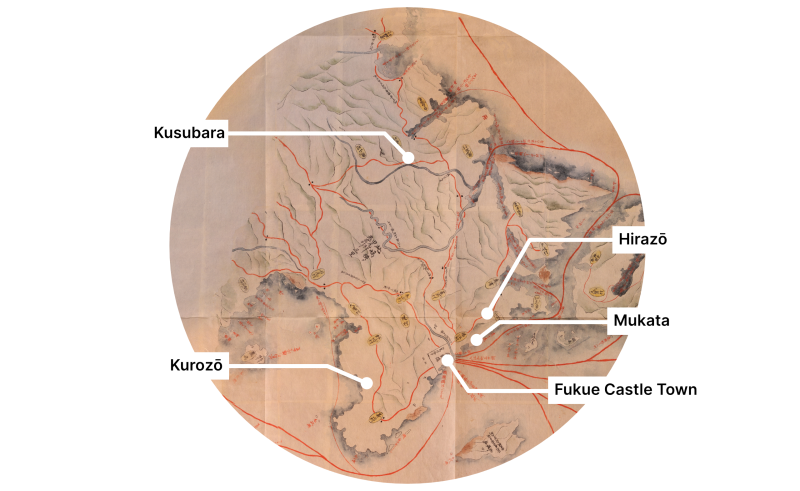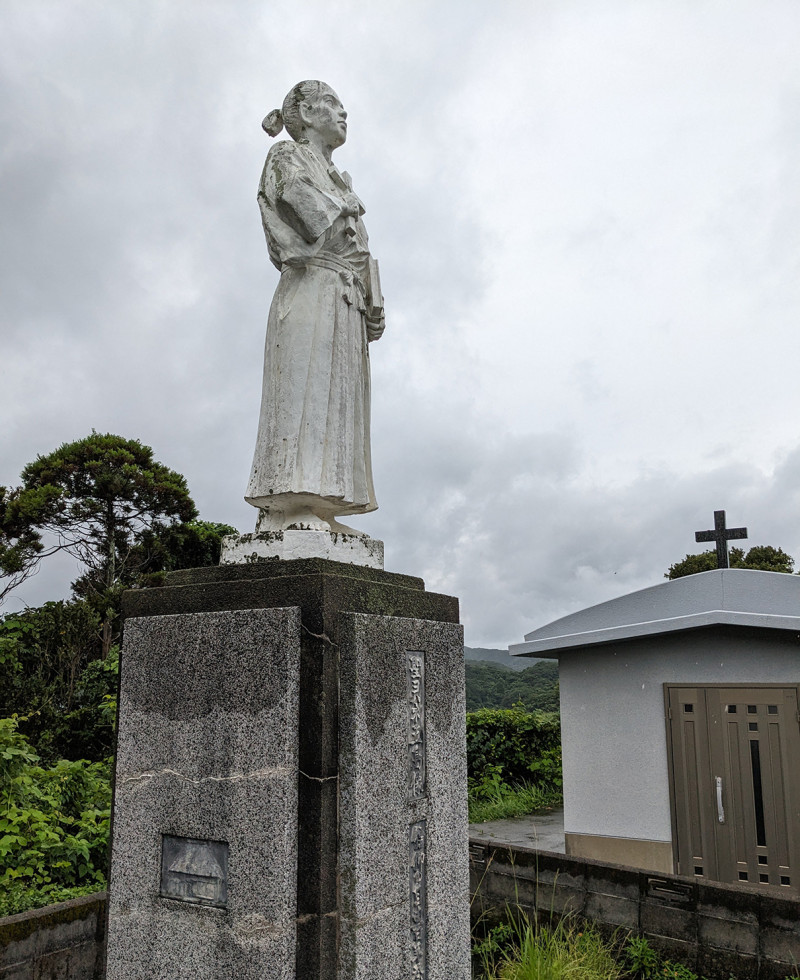
A Glimpse into the Gotō in History
The history of those known as the Hidden Kirishitan on the Gotō in the Tokugawa period (1603–1868) begins with the tale of a small group of settlers who migrated from the mainland to a region of the Gotō Islands known as Sotome. The late eighteenth century migration of Hidden Kirishitan to the Gotō is first officially mentioned in a document on the 16th day of the 3rd month of An'ei 5 (1772), called the An'ei gonen ninbetsu aratame 安永五年人別改, or the An'ei 5 Census (Aokata monjo).


Soon after I (Gwyn) interviewed him, Nakamura Mitsuru (Interview 4) drove me up the east coast of the island, stopping first at a site he said was memorialized as the location where Portuguese Jesuit priest Luis de Almeida SJ (1525–1583) landed on the Gotō Islands in the 1560s. In 1566, Almeida, accompanied by Brother Irman Lorenzo (a Japanese monk likely born in Hirado), began a Gotō mission.
Luís Fróis (1532–1597) wrote in his history of Japan that the Lord of the Gotō lived in the best environment available on the islands (Fukue Island, which was certainly the most spacious), and that the islands enjoyed riches of fresh fish, fish oil, dried fish and salted fish.
Japanese Translation: Satsuki Oosaki